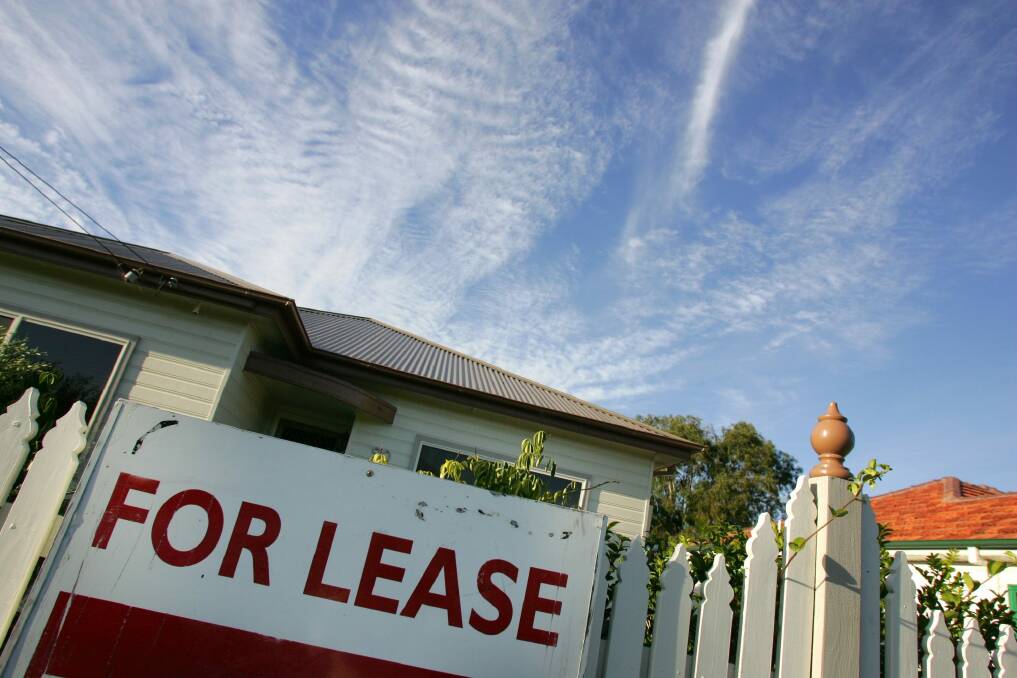University students grappling with Canberra's pricey rental market and low vacancy rates are opting to slow down the pace of their degrees so they can pay the rent.
Subscribe now for unlimited access.
or signup to continue reading
The desire for a speedy graduation has been cast aside and students are instead focused on carving out time to earn to supplement low-level Commonwealth student support pensions.

Independent Property Group managing director Norm Honey, who oversees the largest rental roll in the ACT, said the market had eased slightly but vacancy rates had remained low at about 1 per cent in the past 12 months.
"The market has been relatively stable," he said. "Things have changed in the past decade but if you can't keep up with change you have a problem, you can't live on the wage you were getting 10 years ago."
ACT Shelter executive officer Travis Gilbert said the freeze on Commonwealth allowances was at the heart of the problem.
"Lifting the base rate of those payments is essential as they haven't gone up in real terms since 1989," he said.
"We've thought to increase pensions for old people and people with disabilities … but at the same time student payments have been pretty much frozen.
"They go up by about $2 per week each year and they are certainly not keeping pace with the cost of living."
Despite comments Canberra's rental market was easing and universities were building more "so-called affordable student houses" Mr Gilbert said what signified a deeper issue was that so many students remained priced out.
"Certainly the vast majority of people who receive Commonwealth rent assistance are still in housing stress, spending more than a third of their take-home income on rent," he said.
University of Canberra associate professor Michele Fleming said across the 2400 beds in affordable on-campus housing prices ranged from $157 to $345 per week and occupancy rates were close to 70 per cent.
An ANU spokeswoman said there was "approximately 5000 beds on the ANU campus and our occupancy is always up around 99 per cent".
Professor Fleming said research indicated there was a ideal ratio of work and study hours which when off-kilter led to poor academic performance.
"If a student is studying full-time the research shows working about 11 to 15 hours is something that is doable," she said. "It's when you go past working 15 hours the research shows they don't succeed as well in their studies."
ANU Student Association president Ben Gill said reducing his course load was a logical choice to ensure he could afford to support himself.
For the two years prior to taking on the leadership role he enrolled in three courses each semester rather than the full load of four so that he could work part-time 20-25 hours each week.
"The amount of hours I needed to work made it difficult to take on a full-time load," Mr Gill said.

